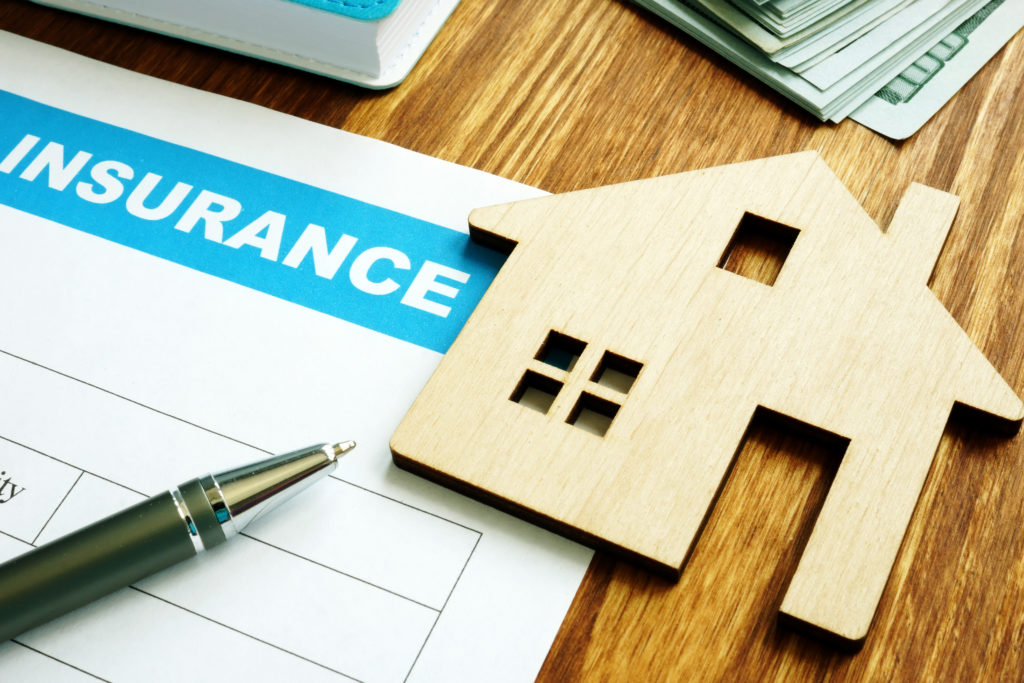Your home may be your most valuable asset, and replacing it after a disaster can be an exhausting undertaking. This situation calls for home insurance to provide financial relief if your property is destroyed. Home insurance covers fire, snow, or wind damage, but it doesn’t include earthquake or flood damage. Before you get the insurance you need to go through the home insurance guide. Its function is to:
- Repair your house and other destroyed structures
- Rent you a place while your house undergoes renovation
- Replace your destroyed personal items
- Cover personality liability in case you or someone else is injured
You may want to visit openinsurance.com and other similar firms to learn more about home insurance.
Home Insurance Coverage
Home insurance coverage varies greatly depending on the type of policy you get. However, it mainly covers six areas of coverage. These are as follows:
- Dwelling
This type of coverage covers the structures in your property, including the roof, floor, walls, windows, and doors. Permanently installed appliances like furnaces, attached garages, porch, or decks are also covered here. However, it doesn’t cover your belongings, land, or detached structures like a shed or fence. Dwelling insurance covers you up to your limit policy.
For instance, if a thunderstorm causes a tree to crush your home, you’ll only pay a share of the repair cost, referred to as a deductible, then the insurance company pays the rest up to the limit of your policy.
Dwelling insurance covers several disasters, usually called ‘perils’ in your policy. These perils include fire, smoke, lightning, freezing, wind, snow, vandalism, and volcanic eruption. However, it doesn’t cover perils like flooding, landslides, earthquakes, water backup, wear and tear, or infestations.
- Liability
Liability coverage provides financial support if someone sues you for destroying their property or injuring them. This coverage pays for property damage and bodily injuries to others. However, it doesn’t cover damages from criminal acts or those caused on purpose.
Suppose your deck is slippery and a visitor trips and falls and gets injured. If they sue you, the liability coverage can cater to medical expenses.
- Personal Property
This covers your personal belongings such as furniture, clothes, books, jewelry, dishes, cell phones, laptops, TVs, and electronic devices and appliances that aren’t built-in. This doesn’t cover cars and pets, though.
With home insurance, your belongings are covered based on the listed perils in the policy. If a disaster isn’t named, then it’s not covered. The most covered perils are fire, explosions, lightning, windstorm, theft, vandalism, riots, damage caused by airplanes and vehicles, volcanic eruptions, and snow. Personal property insurance doesn’t cover perils like neglect, acts of war, nuclear hazards, or intentional damage to your belongings.
An example of this would be when a pipe bursts, thus wetting your belongings. Although dwelling coverage can cater to damage on built-in items like cabinets and walls, personal property coverage will cover any damaged furniture, laptops, and books after paying your deductible.

- Other Structure Coverage
Other structure coverage provides insurance for items not attached to your home. This can include a fence, shed, dock, guesthouse, gazebo, swimming pool, or unattached garage. Like dwelling coverage, this covers all the perils not included in the policy, meaning your structures are covered under disasters listed in the policy. This can include lightning, fire, explosion, theft, smoke, civil commotion, etc.
For example, if heavy winds destroy your fence, you’ll only pay your deductible, and your insurer will pay for the rest.
- Loss Of Use
Also called additional living expenses, this coverage provides financial relief if your house is severely damaged; hence, you cannot live in it for the time being. This type of coverage pays for your hotel stays and other expenses until your house is repaired. It can also cover low rental income if you’ve rented part of your property. It also covers house rentals, groceries, meals, storage, transport, and parking. However, this doesn’t insure damages not listed on the policy.
Suppose a tree falls on your house. Thus, you can’t stay there when contractors renovate the area. During this period, your insurance company will pay your rent.
- Medical Payments
Like liability coverage, medical coverage pays for physical injury to someone outside your house. This extends to your entire household, including your pets. For instance, your medical payments coverage can pay the hospital bill if your dog bites someone. However, it can’t cover injuries caused intentionally or car accidents.
Bottom Line
Home insurance coverage mainly depends on the type of policy acquired and how much it can handle. The important thing is to work closely with the insurance company to get the right and complete coverage.






